| |
2000.04.06 12:23
Re: (not just) Steve's (but all our) envelope
Bascom added:
The skin in architecture should definitely be thought of as an organ of the overall architecture. Sometimes that skin holds the whole structure up. Sometimes it just keeps the wind out. Sometimes it works very poorly and in a way incongruous with its surrounding environment and even with its innards. Might the incorporation of solar cells into building materials such as window glass and roof shingles be a way to bring the architectural skin more explicitly into the EM whole?
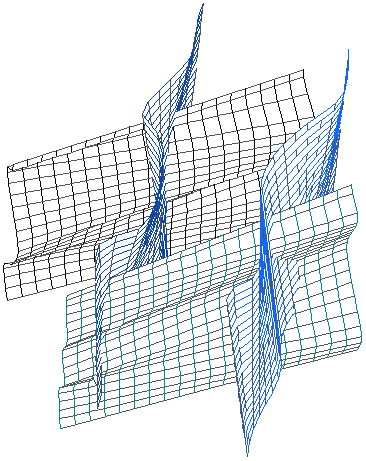
Lauf adds further:
It might be better to refer to the plural skins in architecture as opposed to just a singular skin in architecture. I suggests this because it seems that architectural skin most times refers specifically to the exterior skin of a building. It may be appropriate to refer to the inside surfaces of a building as skin as well. Moreover, it is architecture's interior skins that most envelop a building's operational systems.
| |
2000.04.06 14:12
ironically, I never mentioned skin
After I wrote:
"Is not the 'architecture' of the human body an envelope rammed full of 'attributes' that DO NOT show their 'implementation' on the outside? For example, breasts with nipples hardly reflect either the lungs or the pumping heart inside, likewise the one-piece torso offers little 'superficial' indication of two cavities inside. And further, isn't the sublime singularity of the navel very much like the exact opposite of the twisting, turning, asymmetrical intestines just inside? [And just think how literally close the activities within barber shops and beauty parlors come to the activities inside the brain, yet who would dare say that these two activities share the same "function"?]"
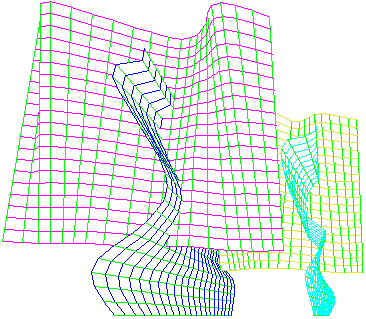
John Young and Van Varga both replied with immediate references to corporal skin. This epidermal connection is appropriate because our skin is indeed our corporal envelope, however, I wish to stress that the examples I used (breasts, nipples, torso, navel, head of hair) where not about skin, but rather corporal design features specific to the body's surface -- yes skin is involved as the predominant material application of these features, but skin is not what predominates the design; our skin is what adapts to the design.
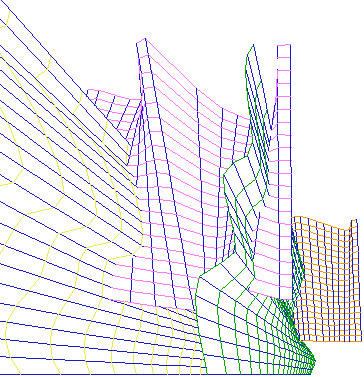
Van also mentioned the sense of touch integral to skin, and this undeniable connection has truly provocative architectural design implications, i.e., envelopes that feel and or respond to contact (or, as inspired by John Young, building surfaces that (visually) indicate how they are "feeling"). About five years ago, while I was heavily doing research regarding (the theory of) chronosomatics, I came to the conclusion that touch is the first sense to have come into being, and that touch/contact was/is indeed the medium by which "life" itself began. Not only did touch exist before tasting, smelling, hearing or seeing, but, most of all, it was the contact of two otherwise lifeless entities that 'sponed' animate life. Moreover, it can well be argued that tasting, smelling, hearing, and seeing are really only very specialized touch/contact senses. Note also that the sense of touch is not just an attribute of the body's external skin, but a sense indigenous to all parts of the body inside and out.
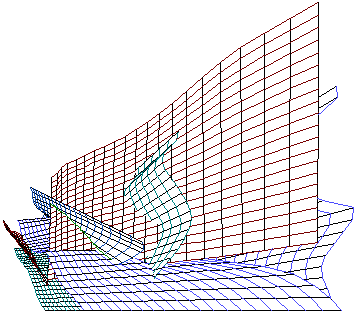
So what were these two lifeless entities that sponed life through contact with each other? Of course, my answer is that I reasonably assume the true answer may at this late point never re-appear, and that even a reenactment would fall far, far short of the original event. Nonetheless, I believe there is a very significant clue as to the 'scenario' of that first contact right on our own bodies, specifically at the body's extreme external tips, i.e., the tips of our toes and the tips our fingers. It is there that last vestiges of humanity's physical hard external shell still exists, namely our nails, and right underneath our nails are those cross-sections of our body's that are largely just skin. I theoretically propose that this soft entity under a hard entity represents the same conditions that first sponed life. Essentially, it was something soft and vulnerable that found "security and protection" under something hard and more permanent. Animate life began when the contact between the soft and the hard actually became a bond, and thus too the sense of touch came into being.

Now skipping millions of years on the evolutionary scale, I see this soft/hard duality as the beginning of two sexes as well. Contrary to common perceptions, it is the female that is hard and the male that is soft. In simple undeniable terms it is woman that enables embryonic development within her own body -- woman's bodies themselves are a hard protective shells (only women corporeally possess and facilitates the human egg that in turn allows fetal development). Men, on the other hand, very much do not have that "built-in" protectiveness, hence men make great displays about forever being on the defensive, and indeed it is almost exclusively men that have continually created our planet's foremost industry, if only to create that protective shell that their sex was not born with -- the age old military apparatus (shields, armor, war ships, submarines, tanks, stealth bomber, etc. are all "man"-made protective shells).
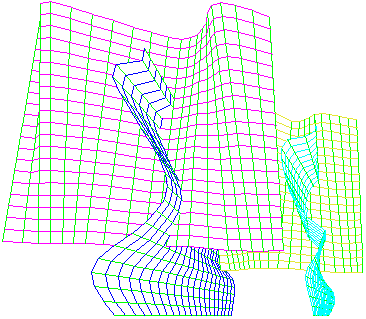
So what then is architecture? Is it a hard, 'simple', 'natural' protective shell that engenders the continuation of life? Or is it a soft formlessness forever (re-)designing an applied shell it doesn't naturally have?
Steve Lauf
| |
|